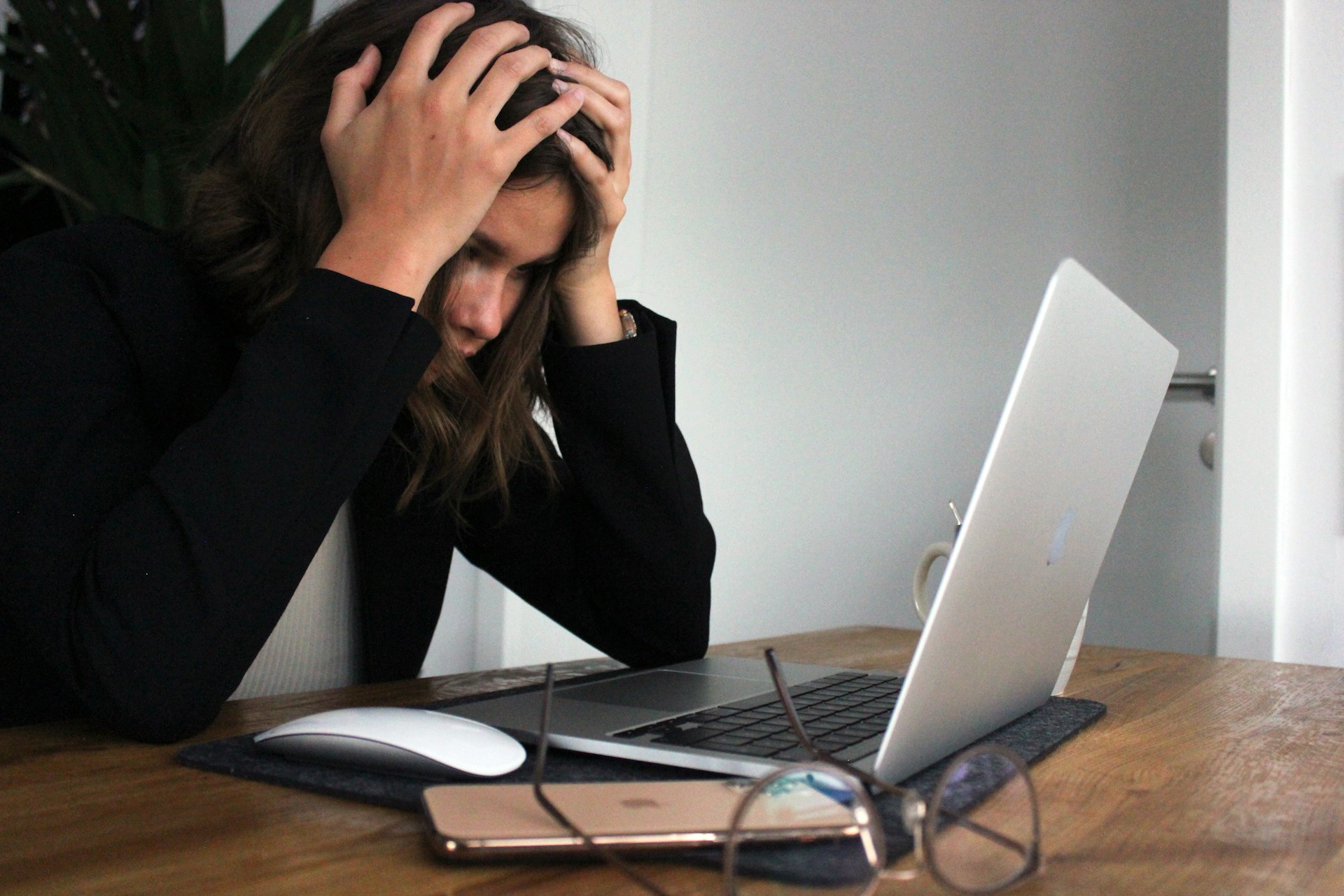Fall can be a beautiful shift in the year, but for those managing ADHD and anxiety, it often brings a fresh wave of challenges. The sudden drop in daylight, changing weather, and return to structured routines can shake up anyone’s sense of balance. For individuals already working hard to manage focus and mood, this seasonal change can feel more disruptive than refreshing.
Even though these shifts happen every year, they can still sneak up on you. Recognizing patterns in how your body and mind react to seasonal adjustments is one of the first steps to getting ahead of it. There’s no need to wait until things feel off-track. Instead, understanding what to expect and having tools ready can make fall a time of steady progress rather than added stress.
Navigating Fall Changes With ADHD And Anxiety
Fall brings more than just cooler air and spiced drinks. It also brings a noticeable shift in energy, attention, and emotional responses. For those living with ADHD and anxiety, these changes are more than mood swings or off days. They’re part of a larger rhythm that affects focus, memory, sleep, and stress levels. The temporary excitement of a new season can quickly give way to overwhelm once routines get disturbed or daylight hours shrink.
Here’s where the difference kicks in. While some people adjust naturally, those dealing with ADHD and anxiety may feel more behind, more distracted, and more exhausted. Tasks that used to feel manageable might suddenly take twice as long or feel frustrating for no clear reason. On the emotional side, there might be more worry about falling short or rising tension, even with simple responsibilities.
Many people notice shifts like:
– Difficulty waking up in the morning as sunlight fades earlier
– Interrupted sleep or fatigue throughout the day
– A drop in motivation or interest in usual hobbies
– Heightened anxiety around scheduling or meeting expectations
– Trouble organizing tasks or following through on daily plans
When these changes pile on fast, they can make anyone feel off their game. But they’re not random. They follow patterns tied to environmental signals, like light exposure and temperature shifts, which have a known effect on the brain—especially on attention and emotional regulation. Spotting these patterns early means you can begin changing your strategy, not just your schedule.
Understanding The Impact Of Seasonal Changes On ADHD And Anxiety
As fall rolls in, the biggest outside change is the decrease in sunlight. Less sunlight means a drop in your body’s natural rhythm, which plays a big role in regulating sleep, mood, and energy. For someone with ADHD or anxiety, that disruption isn’t just inconvenient—it can throw off the whole day.
What tends to happen is a chain reaction. When sleep gets lighter or shorter because mornings stay dark longer, attention weakens and emotional sensitivity increases. Couple that with school or work routines changing, family holidays approaching, or traffic getting heavier, and it becomes clear that fall introduces more moving parts. These are things people with ADHD or anxiety commonly struggle to process efficiently.
Here are a few ways these seasonal changes often show up:
– Increased emotional reactivity or irritability
– Trouble adjusting to daylight savings time
– Overstimulation from school or workplace expectations
– Worry about social demands, like events or holiday gatherings
– A sense of mental fog or lack of motivation during the afternoon
On top of this, some routines might suddenly become harder to maintain. You might start skipping morning walks due to colder temps or find yourself zoning out more often during meetings. Social plans might feel like one more pressure instead of something to look forward to. Recognizing that all of this is part of a seasonal pattern makes it easier to respond with changes, not criticism.
Being aware of how your symptoms shift with the season doesn’t mean fall has to be a struggle. It just means now is the time to make small pulls in the right direction. Adjusting your environment, daily timing, or even asking for more support can go a long way. That doesn’t mean fixing everything overnight, but it does mean giving yourself a path that matches the season you’re in.
Strategies For Managing ADHD And Anxiety In The Fall
When fall disrupts the flow of your daily life, having a few small systems in place can help. It doesn’t have to mean changing everything, but some intentional adjustments can go a long way. Keeping a regular routine might sound simple, but it’s one of the biggest stabilizers during seasonal transitions. Start by waking up and going to bed at consistent times, even on weekends, to support better sleep and mental clarity.
Physical health plays a big part in managing ADHD and anxiety. Short walks during the brightest part of the day, around lunchtime, can boost alertness and improve your mindset. If outdoor activity isn’t always possible, stretching or light movement indoors still matters. What you eat also makes a difference. Balanced meals support your brain’s ability to focus and regulate emotion.
Mindfulness doesn’t have to be long or formal. Practicing just a few minutes of deep breathing or grounding exercises can help you reset when things get overwhelming. Try taking slow, steady breaths while noticing one thing you can see, hear, and feel around you. It’s a quick pattern-breaker that brings your attention back to the moment.
To streamline these actions, consider starting with:
– A morning and evening checklist to stay consistent during routine transitions
– Meal prepping when energy is high to avoid skipping or rushing meals later
– Using reminders on your phone to block out time for breaks or short outdoor time
– A short daily practice like journaling or stretching that helps close the day
These strategies aren’t meant to be perfect. They simply bring some structure and calm into moments where the season might otherwise bring unpredictability.
The Role Of Professional Support In Managing Symptoms
While self-management has its place, seasonal shifts can sometimes stir up challenges that feel hard to work through alone. That’s where professional support becomes useful. Working with a licensed therapist lets you explore ADHD anxiety treatment that’s shaped around your needs and timing, especially during periods of high stress or change.
One of the benefits of ongoing care is having someone track what’s been helpful and what needs refining. Treatment plans built with a professional aren’t generic. They match your real routines, relationships, and needs. That’s even more valuable during seasonal changes when things aren’t as steady as usual.
Telehealth sessions, in particular, give people easy access to help without traveling across town or adding stress to their schedule. For example, someone who struggles with leaving the house when it gets colder and darker might find it easier to stay consistent with appointments when they can attend from home.
Regular support leads to more confidence in your coping strategies. Whether it’s planning out patches of alone time, preparing for family events, or managing commitments with more comfort, a therapist can help you build those steps week by week. You’re not expected to figure it all out on your own.
Preparing For Success: Practical Tips For The Transition
Even small wins can carry a lot of weight when everything feels unsettled. When you expect the season to be a little rockier, it helps to plan ahead with that in mind. Start by revisiting your schedule. See if there’s anything you can shift to reduce pressure. That could be spacing out appointments, blocking extra time for transitions between tasks, or building in more breaks.
It’s also helpful to tidy up your work and living space before the season picks up speed. If things are hard to find or surfaces are cluttered, that adds time and stress to your daily flow. A clear environment can help you think clearly too. And if you live with others, consider setting up a shared calendar so everyone knows what’s happening and when. That keeps communication open and reduces misunderstandings.
Here are a few simple ways to prepare and stay ahead of fall stress:
– Keep important items like medications, planners, or task lists in a central spot
– Use visual tools like whiteboards or sticky notes to anchor your daily focus
– Limit tasks that drain your energy and instead schedule the ones that give you energy early in the day
– Adjust lighting in your space to reflect natural rhythms and improve focus
When those basics run smoothly, you make room for more flexibility. You can move through disruptions without losing all momentum. And that’s the goal, not a perfect season, but one that feels more doable and grounded.
Embracing The Change With Confidence
Fall doesn’t have to be something you brace yourself for. With a few steady practices and support where needed, you can meet it without feeling constantly behind. The season may bring some challenges, but it also offers a chance to pause and rethink what helps you function best. That self-awareness is a real strength.
When you know how your mind and body respond to colder days and shifting routines, you’re better prepared to respond instead of react. Whether you’re refining daily rhythms, letting go of outdated habits, or reaching out for more support, these steps all build momentum. It’s not about doing everything right, it’s about finding what works right now.
For those ready to gain more control over fall’s seasonal changes, professional guidance can make a significant difference. Exploring how tailored approaches to managing life with ADHD anxiety treatment can bring more structure and calm during this time can be a helpful first step. Dr. Shahin Carrigan Ph.D., MFT is here to help you find strategies that fit your needs and support your goals this season.




